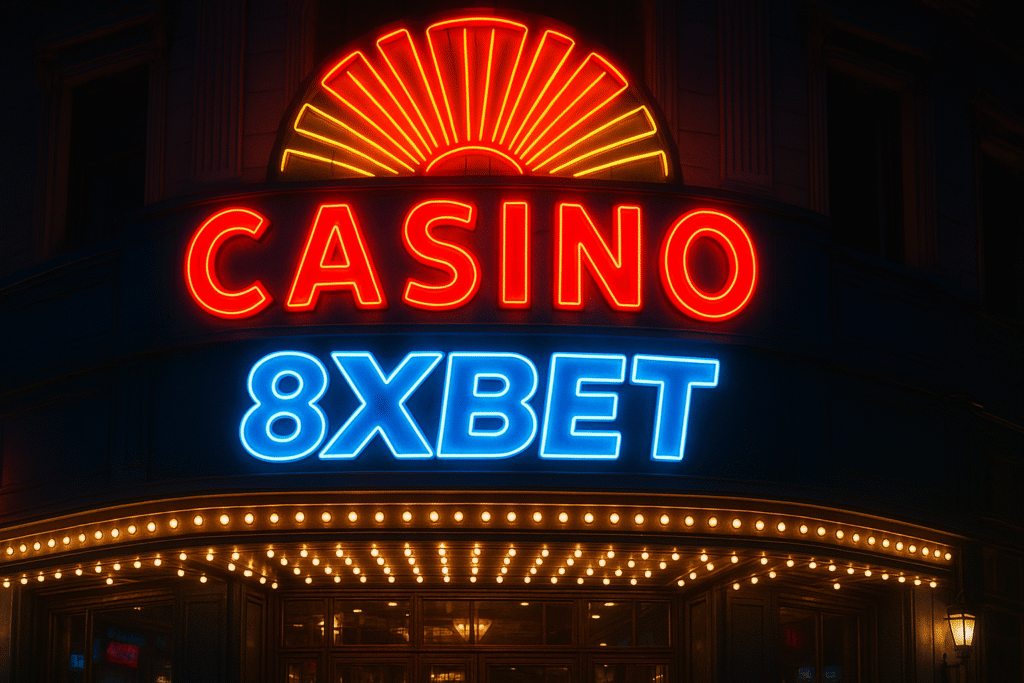
When browsing through hundreds of casino games players often wonder which ones give them the best chance of winning. One of the most important factors to consider is RTP or return to player percentage. This number represents how much of the money wagered on a game is paid back to players over time. Reliable platforms like 8xbet display this information clearly helping users make informed choices and manage their expectations.
RTP is expressed as a percentage. For example a slot with an RTP of ninety-six means that on average it will return ninety-six units for every one hundred wagered. The remaining four units represent the house edge or the amount the casino expects to retain. It’s important to understand that RTP is calculated over thousands of spins or hands not in short sessions. This means it reflects long-term performance rather than short-term outcomes.
The higher the RTP the better it is for the player. Games with RTP above ninety-six are considered generous while anything below ninety-three is considered less favorable. Players who are serious about maximizing their chances usually stick to high-RTP games because they offer better value over time.
Slot games vary widely in RTP. Some classic three-reel slots offer lower percentages while modern video slots often provide higher RTPs along with bonus features and engaging visuals. Before spinning the reels it’s always a good idea to check the game information section where RTP details are usually listed.
Table games generally offer better RTPs than slots. Blackjack is one of the best with some versions offering RTPs close to ninety-nine percent when played using basic strategy. Baccarat and certain types of poker also have favorable returns. However games like keno or some specialty games tend to have much lower RTPs and are more about fun than profit.
Volatility is another concept to understand alongside RTP. A game can have a high RTP but still be high in volatility meaning it pays out less frequently but in bigger amounts. Low volatility games offer smaller wins more often. Choosing between the two depends on personal preference whether you enjoy steady action or are chasing large payouts.
Live dealer games also follow similar RTP patterns as their digital counterparts. Since the outcomes are based on real gameplay rather than software the same return principles apply. Many players appreciate the added transparency of seeing the action live and knowing the odds are fair.
RTP is only one piece of the puzzle. Bankroll management responsible play and understanding game rules are equally important. But RTP gives players a measurable starting point to evaluate which games are worth their time and money. It helps level the playing field and puts some control back into the hands of the user.
Bonuses and promotions can sometimes be tied to specific games with certain RTPs. Knowing the return rate helps you decide whether a bonus is actually valuable or simply a marketing tool. Smart players always compare RTP before committing their bonus funds to any particular title.
While there’s no way to guarantee a win RTP provides a useful guideline. Over time choosing higher-return games gives you a better chance to see positive results. Combined with strategy and responsible habits understanding RTP can turn a casual session into a more calculated and satisfying experience.